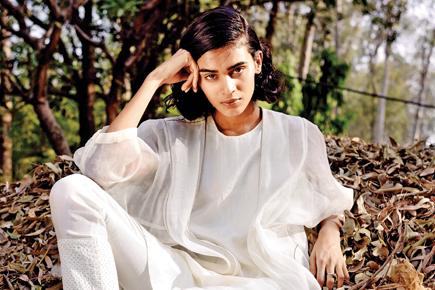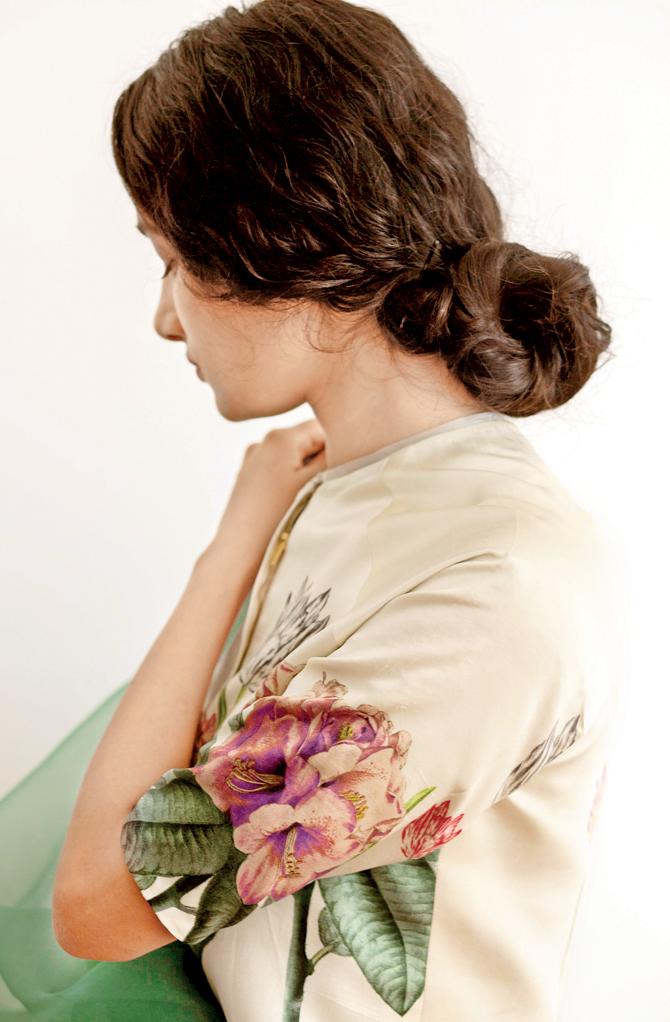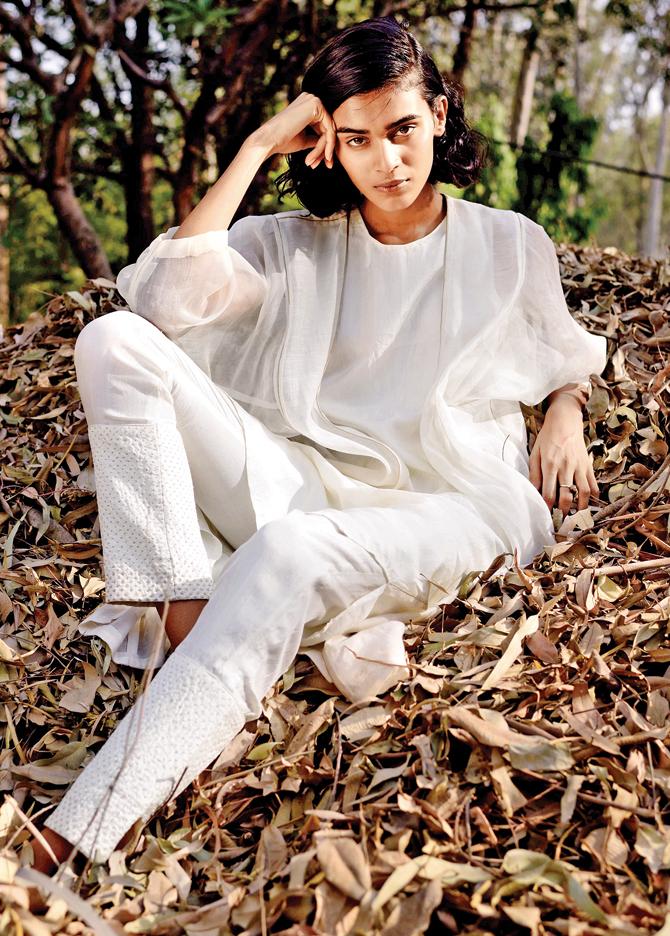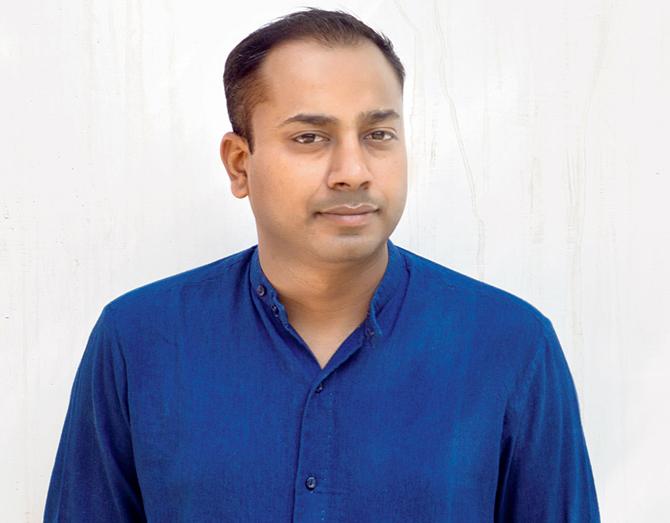Sanjay Garg talks shop about his new collections and striking a balance between the past and present

![]() Born in Rajasthan's Mubarikpur, Delhi-based designer Sanjay Garg has come a long way. His celebrated sari label, Raw Mango has found takers among Bollywood actresses and socialites. Garg has his hands full with two lines — a capsule collection made exclusively for Bungalow 8 and Raw Mango's saris for Summer '16. The 35-year-old talks about his inspirations and maintaining a balance between the past and the present.
Born in Rajasthan's Mubarikpur, Delhi-based designer Sanjay Garg has come a long way. His celebrated sari label, Raw Mango has found takers among Bollywood actresses and socialites. Garg has his hands full with two lines — a capsule collection made exclusively for Bungalow 8 and Raw Mango's saris for Summer '16. The 35-year-old talks about his inspirations and maintaining a balance between the past and the present.
ADVERTISEMENT

Raw Mango's Summer 2016 collection is inspired by Ayurveda
Q. What was your introduction to Indian textiles?
A. My daadi would store her clothes in her sandook (trunk). She had many traditional Rajasthani long skirts in brocade. These were worn when she would step out to fill water. Women would dress up according to their social status when they would step out to fill water. Can you imagine, brocade for filling water? I love Indian textiles because they are our culture, history and individuality. What we wear makes us who we are. I work with Indian textiles because I am an Indian, and this is how I am doing my bit for the country.

An outfit from Garg's capsule collection for Bungalow 8
Q. How do we up the popularity of Indian textiles?
A. You become what you want to be. The biggest awareness will happen when we ourselves wear it regularly rather than wait for Bollywood to popularise it. They define our culture.

Sanjay Garg; Fashion Designer
Q. What convinced you to do an exclusive line for Bungalow 8?
A. Fashion stores in India run by a formula, the formula is to make money. So they sell as many designers as possible; there is no cohesion. Maithili (Ahluwalia, Bungalow 8's owner) doesn't follow any formula. She has this zest to say a different story.
Q. And how did you translate this vision to your capsule collection?
A. It is an extension to my winter line, the silhouettes are similar but the fabric makes it different. I had used light silks for winter. For summer, I have used fabrics such as Chanderi. The fabrics are so versatile that the whole output changes.
Q. How did you incorporate elements of botany for your Spring 2016 sari collection, Vana?
A. Indian weaves have motifs such as peacocks, elephants and parrots. But the size of the elephant and the flower remains the same in the design. I was looking at botanical illustrations for different floral motifs and nature inspiration and I wondered how could we create an Indian version of these Western illustrations. That's when I started reading about Ayurvedic plants and used illustrations of plants such tulsi, jeera, garlic and amaltas.
Q. You have used digital printing for the first time with this collection...
A. I used 98% less water by using digital printing. The fabrics are hand-woven khadi and mulberry silk but the print uses new technology. Change is inevitable, but we have to strike a balance. Our traditional methods of printing such as block and screen-printing need rivers to wash the fabric. We don't have rivers and the dyes are toxic. Brocades apparently came to us from Persia while Chanderi originated from Bangladesh, but we have made them our own by placing them in the right frame. We need to use technology in the same way too. It's like the modern woman will wear a sari at least twice a month but will take an AC cab instead of a tanga. It's all about adapting and surviving.
Available till: June 23
At: Bungalow 8, Wankhede Stadium, Churchgate.
Call: 22819880
 Subscribe today by clicking the link and stay updated with the latest news!" Click here!
Subscribe today by clicking the link and stay updated with the latest news!" Click here!






